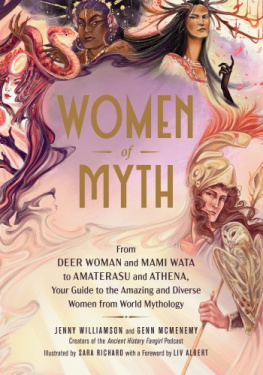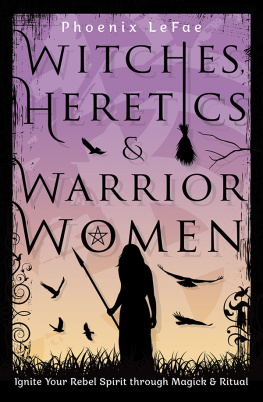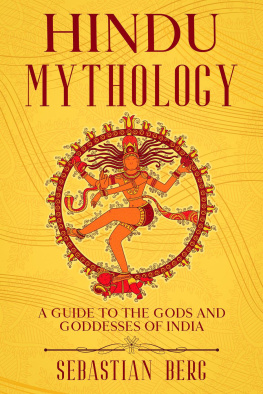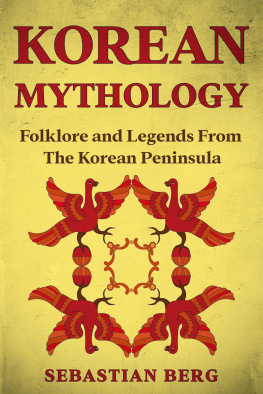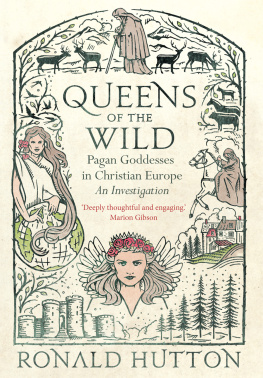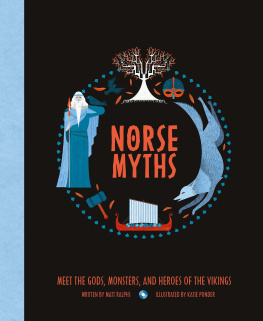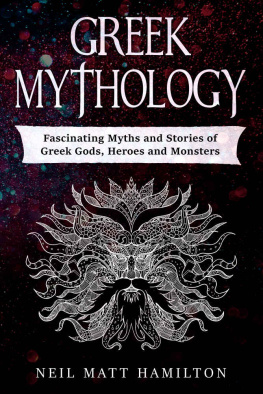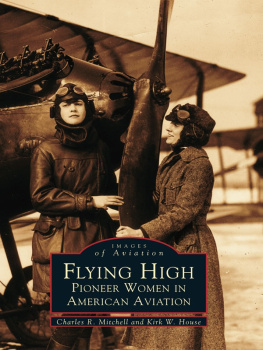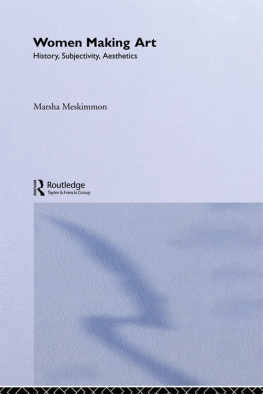WOMEN WHO FLY

Oxford University Press is a department of the University of Oxford. It furthers the Universitys objective of excellence in research, scholarship, and education by publishing worldwide. Oxford is a registered trade mark of Oxford University Press in the UK and certain other countries.
Published in the United States of America by Oxford University Press
198 Madison Avenue, New York, NY 10016, United States of America.
Oxford University Press 2018
All rights reserved. No part of this publication may be reproduced, stored in a retrieval system, or transmitted, in any form or by any means, without the prior permission in writing of Oxford University Press, or as expressly permitted by law, by license, or under terms agreed with the appropriate reproduction rights organization. Inquiries concerning reproduction outside the scope of the above should be sent to the Rights Department, Oxford University Press, at the address above.
You must not circulate this work in any other form and you must impose this same condition on any acquirer.
Library of Congress Cataloging-in-Publication Data
Names: Young, Serinity, author.
Title: Women who fly : goddesses, witches, mystics, and other airborne females / Serenity Young.
Description: New York : Oxford University Press, 2018. | Includes bibliographical references and index.
Identifiers: LCCN 2017011532 (print) | LCCN 2017052609 (ebook) | ISBN 9780190659691 (updf) | ISBN 9780190659707 (epub) | ISBN 9780190659714 (oso) | ISBN 9780195307887 (cloth)
Subjects: LCSH: Goddesses. | Wiccans. | Women mystics. | Women. | Supernatural.
Classification: LCC BL473.5 (ebook) | LCC BL473.5 .Y685 2018 (print) | DDC 200.82dc23
LC record available at https://lccn.loc.gov/2017011532
For Rawn Harding
Flying is womans gestureflying in language and making it fly.
Contents
I INITIALLY EXPLORED some of the aerial women of this book, such as swan maidens and apsars, through articles I wrote for An Encyclopedia of Archetypal Symbolism, compiled at the Archive for Research in Archetypal Symbolism (ARAS). A few years later, I returned to ARAS to research images for this book, and I am very grateful to Ami Ronenberg for granting me access to this archive and for her assistance and insights.
In the 1980s I worked in the Oral History Department of Columbia University as a transcriber of oral histories, among which were those of the first women accepted into the United States Air Force Academy; there I later read the oral history of Hanna Reitsch. Clearly, life has presented me with opportunities, the full import of which I did not realize until this book began to take shape.
The American Museum of Natural History (AMNH), where I am a research associate, provided a stimulating environment, a formidable collection of artifacts, and access to experts in many of the worlds cultural areas. Most notably, Laurel Kendall, Stanley Freed, and Robert Carneiro always provided enthusiasm and very practical advice, while the librarians at AMNH were more than helpful. Barry Landau saw me through many a computer glitch. Additionally, Laurel Kendall allowed me to audit her class, The Korean Shaman Lens: Anthropology, Medicine, Popular Religion, and Performance, at Columbia University, which proved to be of inestimable help in sharpening my perspective on the vast geographical and historical range of all matters shamanic. Jonathan White was an enthusiastic and creative intern on this project during the summer of 2008, while the indefatigable Amanda Audette helped to move this book forward as an intern in the summer of 2014. The inestimable Linden Kawamura provided much-needed assistance with the bibliography and permissions for images, as well as with line editing in the fall of 2016 and spring of 2017. Her commitment to this project has been a crucial support. With skill and humor she corrected errors and updated references.
I am grateful to the Asian Arts Council for a grant to seek out aspsars, kins, and yogins in their native habitats in South and Southeast Asia. In India, Mary Storm, as ever, offered extremely helpful insights about South Asian images and archaeological sites along with warm hospitality, while Arundhati Banerjee of the Archaeological Survey of India once again provided helpful contacts throughout India and was unsparingly generous in sharing her knowledge of sites and artifacts. I would also like to express my appreciation to the Schoff Fund at the University Seminars at Columbia University for their help with publication. The ideas presented here have benefited from discussions in the University Seminar on Studies in South Asia.
When I presented parts of tudes en Sciences Sociales, where I was a research scholar in the History of Science and in Archaeology, and at the Columbia University Seminar on Buddhist Studies. The many pertinent comments and suggestions I received on these occasions were most appreciated.
Christian Luczanits was generous in sharing ideas about and rare images of aerial women, while David Rosenberg, Tashi Chodron, and other staff members at the Rubin Museum of Himalayan Art were always welcoming and ready to discuss details of their exhibitions. Claudine Cohen provided excellent advice on images and walked me through prehistory, while Marian Kaplan was helpful in my initial work on Hanna Reitsch. June-Ann Greeley and Francis Tiso were particularly helpful with regard to flying mystics and discussions about the Holy Spirit as female. Claude Conyers adjusted my alignment on the topic of ballet and more generally, with his keen editorial eye, discerned the overall shape of the book at a time I was so weighted down with details that I forgot to keep looking up. James Waller provided essential editorial help that made this not only a more readable but a better book. My Oxford University Press editor Cynthia Read has the patience of a saint mixed with the requisite sense of humor that kept me on track and got me to finish.
Research librarians at both the main branch of the New York Public Library and its Performing Arts Library, as well as at Columbia University, continually amazed me with their helpfulness and erudition. Even in this age of the Internet, where would we scholars be without them? I must also thank the librarians at Queens College, the Costume Institute of the Metropolitan Museum of Art, and the Goethe Institute in New York City. Nonetheless, any errors are mine alone.
The enthusiasm of my colleagues in the Department of Classical, Middle Eastern and Asian Languages and Cultures at Queens College was a great support, as was their willingness to discuss sections of the text. I am blessed with additional friends who have a deep interest in my work and offered support both material and spiritual. This book could not have been written without them: Tim Harwood, Ralph Martin, Tina Eisenbeis, Lozang Jamspal, Gopal Sukhu, Hanna Kim, Karen Pechilis, Joel Bordeaux, Carol Anderson, Christina Stern, Andrew Martin, Marya Ursin, and Dan Potter.
WOMEN WHO FLY
.)
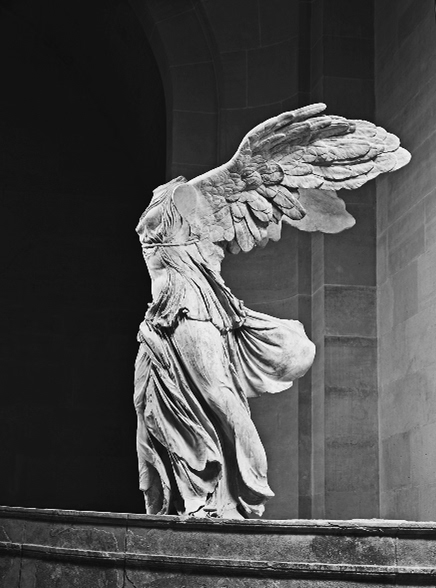
FIGURE 0.1 Victory of Samothrace (Nike), second century bce. Marble. Photo: Michel Urtado/Tony Querrec/Benot Touchard. Muse du Louvre.
Muse du Louvre, Dist. RMN-Grand Palais/Utrado, Querrec, Touchard/Art Resource, NY.
My adult journey with winged women began with this statue when I first entered the Louvre through its earlier entrance. Standing over eighteen feet (5.57 m) high from its After I returned home to the United States, the experience slowly faded from my mind, until now, these many years later, when Nike is once again paramount in my thoughtsshe and, as I now know, her many sisters from around the world.
Next page

